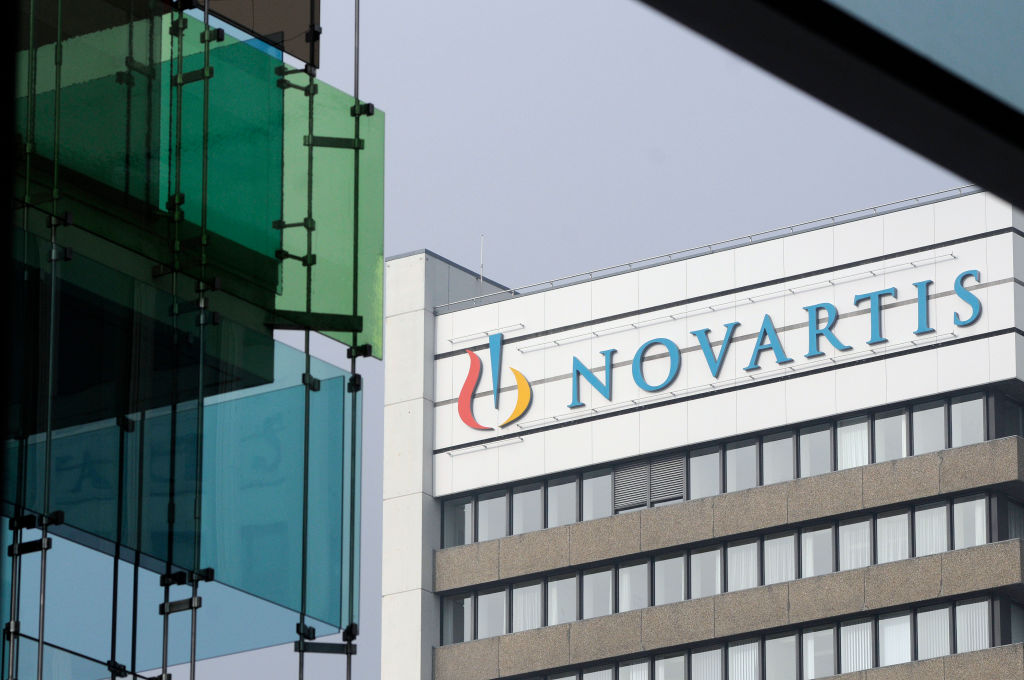
Novartis has come up short in its bid to expand its blockbuster drug Cosentyx to an autoimmune disease whose only biologic treatment options are an old Roche drug and the biosimilars that have followed it.
The Novartis drug was being evaluated as a potential treatment for giant cell arteritis (GCA), which is the most common form of systemic vasculitis. Vasculitis is an autoimmune disorder that leads to inflammation of blood vessels. In GCA, this inflammation affects the arteries in the head and neck. This rare disorder, which usually affects people age 50 and older, can lead to vision loss and life-threatening aortic aneurysms.
Standard treatment for GCA is high doses of corticosteroids for a month, then tapered doses of steroids in subsequent months. However, long-term steroid use comes with complication risks including susceptibility to infections, high blood pressure, and osteoporosis.
Cosentyx was not developed to replace steroids but it was intended to reduce the amount of steroids a GCA patient needs. The drug is an antibody designed to inhibit interleukin-17A, a signaling protein involved in the inflammation that develops in multiple autoimmune disorders.
Roche’s Actemra already enables steroid tapering, treating GCA by blocking a different protein called IL-6. The Roche antibody drug added GCA to its label in 2017, but it no longer has patent protection and several biosimilars are taking its market share. AbbVie’s Rinvoq may be used to taper steroid use in GCA, a new indication added to its label in April. Rinvoq is an oral small molecule inhibitor of JAK proteins. The entire class of JAK inhibitors carries black box warnings for cancer and cardiovascular complications.
Cosentyx’s Phase 3 test in GCA evaluated the drug combined with a 26-week steroid taper. That regimen was compared to a placebo plus a 52-week steroid taper. In preliminary results reported just ahead of the Independence Day holiday in the U.S., Novartis said Cosentyx did not show a statistically significant improvement in sustained remission at week 52 compared to the placebo arm. On secondary trial goals measuring cumulative steroid dose and steroid-related toxicity, Cosentyx’s numerically better outcomes were not enough to beat the placebo arm with statistical significance.
Novartis said the safety of Cosentyx in the GCA study, named GCAptAIN, was consistent with the known profile of the drug. The most common adverse reactions reported with Cosentyx use include nasopharyngitis, diarrhea, and upper respiratory tract infection. Novartis said it will complete a full evaluation of the Phase 3 data in GCA and share the results at a later date.
“While the Phase 3 results of GCAptAIN did not replicate the positive outcomes observed in the Phase 2 trial, we remain committed to continuing to drive scientific progress and deepening the understanding of immune-mediated diseases,” Novartis Chief Medical Officer Shreeram Aradhye said in a prepared statement.
Cosentyx was first approved in 2015 for the treatment of plaque psoriasis. Since then, the drug has landed additional FDA approvals in ankylosing spondylitis, psoriatic arthritis, non-radiographic axial spondyloarthritis, and hidradenitis suppurativa. Cosentyx is Novartis’s top-selling immunology product. Across all of the drug’s approved indications, it accounted for $6.1 billion in revenue in 2024, which is a 23% increase compared to the prior year, according to Novartis’s annual report. Cosentyx still has another opportunity to expand its label. A Phase 3 test is ongoing in polymyalgia rheumatica.
Photo: Sebastien Bozon/AFP, via Getty Images






